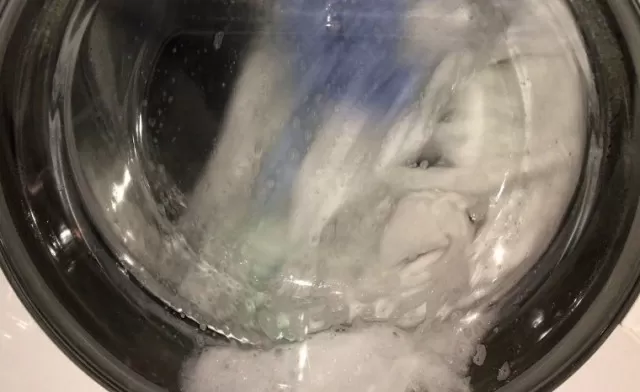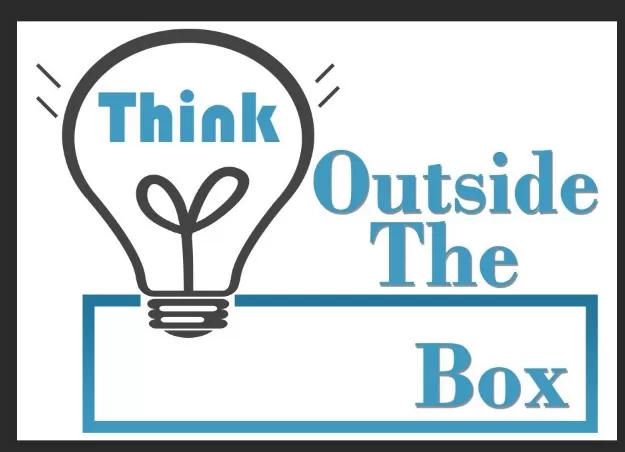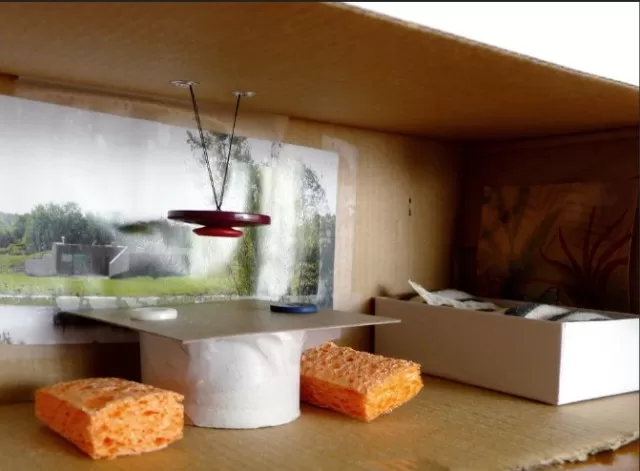Home Maintenance Hacks with Everyday Items (Part 1). Before you make your next shopping list, take a moment to explore your own home for some ingenious household supplies that might already be hiding in plain sight. Sometimes, we overlook the treasures we already have, and you’ll be surprised at how resourceful you can be.
In the kitchen, for instance, an ordinary ice cube tray can be repurposed to freeze leftover broth, herbs, or even coffee for iced coffee without dilution. Those mismatched socks lying around can be transformed into handy dusting mitts or, when filled with rice and microwaved, make soothing heat packs. Old t-shirts and linens can find new life as cleaning rags, saving you money on disposable options.
In the garage or toolshed, neglected mason jars can be turned into stylish storage for nuts, bolts, or craft supplies. That broken ladder might be repurposed into a unique bookshelf or an indoor plant stand with a little creativity.
Before tossing that worn-out toothbrush, it can serve as a handy cleaning tool for nooks and crannies, like grout or keyboard crevices. Even wine corks can find a purpose as drawer dividers or as a base for potted plants.
By reimagining the items you already have, not only do you save money and reduce waste, but you also infuse your home with a sense of creativity and uniqueness. So, before you head out on your next shopping trip, rediscover the potential in the items you already own; you might find that you’re better equipped than you thought to tackle your next project or task.
Homemade Floor Cleaner: A Cost-Effective Solution

Why spend money on expensive floor cleaners when you can create your own cost-effective solution at home? To make your own homemade floor cleaner, simply add ½ cup of vinegar to a gallon of hot water.
While the scent of vinegar can be off-putting to some, you can easily mask it by adding a few drops of lemon, eucalyptus, or lavender essential oil.
This DIY cleaner is versatile and can be used on almost any floor type, making it an excellent choice for your regular cleaning routine.
However, it’s important to avoid using it on waxed finishes, as it may cause damage.
Not only does this homemade floor cleaner save you money, but it’s also a more eco-friendly and customizable option for keeping your floors clean and fresh.
Give it a try and enjoy the benefits of a sudsy solution that’s both effective and affordable.
Ditch Disposable Dusting Cloths: A Cost-Saving Alternative
While disposable dusting cloths offer undeniable convenience, it’s worth considering the money you spend on these one-use wonders.
If you’re looking to reduce your cleaning costs and be more environmentally friendly, there’s a simple zero-dollar alternative: repurpose an old sweatshirt.
You can easily transform a worn and ragged crew neck sweatshirt from the back of your closet into reusable dusting cloths.
Cut it into strips, and you’ll have a set of washable, reusable stand-ins that can effectively clean your home without the need for disposable options.
Not only does this DIY approach save you money, but it also reduces waste and contributes to a more sustainable cleaning routine.
So, next time you reach for a disposable dusting cloth, consider giving an old sweatshirt a second life as a cost-saving and eco-friendly alternative.
Organization on a Budget: Use What You Have

Achieving a truly organized home doesn’t have to break the bank.
While you can find plenty of pricey organizers in stores, you can harness just as much clutter-busting power by repurposing things you already have on hand.
Look around your home, and you’ll likely discover numerous items that can serve as effective storage solutions.
Old shoeboxes can become drawer dividers, mason jars can hold small items in the kitchen or bathroom, and even a wooden ladder can serve as a unique and stylish bookshelf.
Getting creative with what you already own not only saves you money but also adds a personalized touch to your organization efforts.
So, think outside the box and use what you have to declutter and organize your home efficiently and affordably.
Eco-Friendly Gardening: Repurpose a Plastic Gallon Jug
Green thumbs can take their eco-friendly gardening to the next level with this simple hack.
Instead of investing in a watering can, repurpose a plastic gallon jug to create an efficient and sustainable watering solution for your plants.
Here’s how it works: Drill small holes into the jug’s lid, fill it with water, and you’ve got a DIY watering can.
You can use this milk-jug watering can all summer long to keep your plants hydrated. When winter arrives, you can recycle the jug, minimizing waste and environmental impact.
This gardening hack not only conserves resources but also showcases the creativity and resourcefulness of gardeners who are committed to eco-friendly practices.
So, milk the jug for all it’s worth and enjoy a more sustainable approach to nurturing your plants.
Shoebox Shadowbox: Turn Old Shoeboxes into Artistic Displays

Don’t let your old shoeboxes go to waste – they can be transformed into stunning gallery wall pieces with a little creativity.
Grab some spray paint and a few shoeboxes to get started. Give each box a couple of coats of paint in your chosen color.
Once the paint is dry, use command strips or screws to securely attach the painted shoeboxes to your wall.
Depending on the sturdiness of the box, you can use your makeshift shelf to display a variety of artistic touches. Consider adding small vases, picture frames, or other decorative items to create an eye-catching and personalized display.
This DIY project not only repurposes old shoeboxes but also adds a unique and artistic element to your home decor.
It’s a cost-effective way to create your own gallery wall and showcase your creativity in a sustainable manner.
*The information is for reference only.